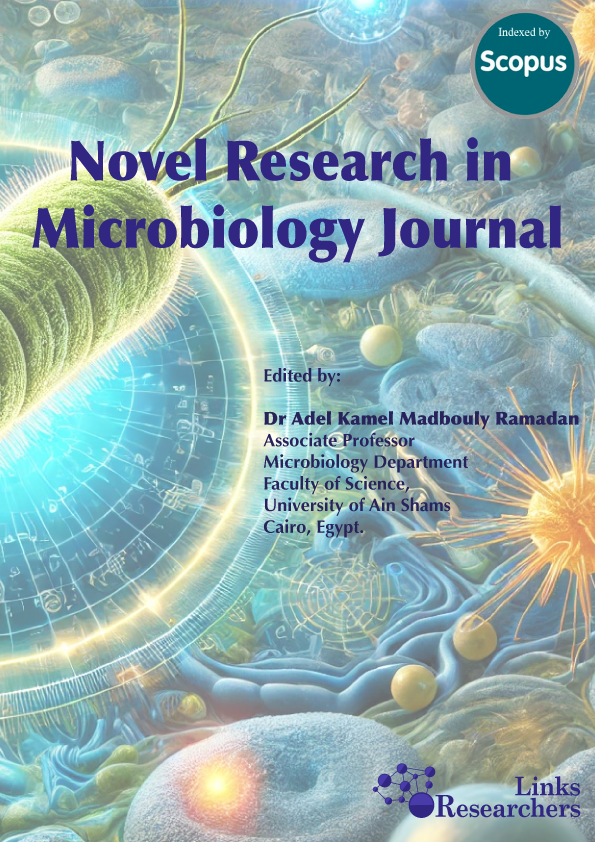Muhammad Zahid1*, Muhammad Salman2, Shah Alam Khan2, Alamzeb1, Inamullah Khan1
Nazish Huma Khan*, Mohammad Nafees and Adila Bashir
Syed Tanveer Shah* and Muhammad Sajid
Muhammad Shahzad*, Akhter Ali**, Abdul Hayee Qureshi**, Naveed Jehan*, Imran Ullah* and Majid Khan*
Abdul Rehman Roonjho*, Waseem A. Gillani**, Awais Rasool**, Naheed Akhtar**, Tariq Mahmood**, Arsalan A.***, M. Afzal*, Iqbal Khan* , M. Asghar Ranjha**** , M. Irfan**** and Javed Khan**
Sajid Ali* and Abdul Jabbar**
Imran1*, Amanullah1, Muhammad Arif1, Zahir Shah2 and Abdul Bari3
Shazia Akhtar1, Abdul Samad1*, Afshan Gohar1, Muhammad Munir Shahid2, Muhammad Ishtiaq1, Arslan Sarwer1, Adnan Khan1 and Karam Ahad1
Ghulam Mohi Uddin Paracha* and Yasser Durrani
Zia-Ur-Rehman1, Faisal Sohail Fateh2*, Humayun Saleem1 and Muhammad Abu Bakar Siddique1
Fazli Rabbi1*, Muhammad Idrees2, Shahid Ali1, Muhammad Zamin3 and Hazrat Bilal4
Fazal Wahid1, Arif Ullah Shah1, Muhammad Rahim2*, Fazal Dad1, Nadir Khan1, Saqib Ullah1, Yasir Ali1 and Sayed Ashfaq Ali Shah3
Aly M. Abdel-Salam1 and Samah A. Mokbel2
Salama M. El-Saghir1, 2
Kubilay Ucar1, Görkem Oruk2 and Sait Engindeniz1*
Muhammad Salman*, Muhammad Hamayoon Khan, Muhammad Zahid, Gul Zamin Khan, Fazli Rahim and Usman Khalique
Bilal Jan1, Farida Anjum1*, Aasma Bibi1, Syed Roohul Hussain1, Abdul Ahad1, Azeem ud Deen1, Zia Ullah2 and Farrakh Mehboob3
Palwasha1, Siraj-ud-Din1 and Muhammad Fahim2*
Ghassan Zahid1, 2*, Sara Iftikhar3, Muhammad Umer Farooq4 and Shakeel Ahmed Soomro5
I. K. A. Ibrahim1, Z. A. Handoo 2†, A. M. Zid1 and M. R. Kantor2
A. Khan†, S.S. Shaukat1, K.A. Khanzada and M.S. Khan2
S.A. El-Kewey1; R.A. Omar1; S.A. Sidaros2 and Samaa Abd El-Khalik3
Khalid Alhudaib
El-Dougdougi, Kh. A.; Dawoud2, Rehab A.; Rezk2, A.A. and Sofy3, A.R.*
A. A. Kheder1; I. A. M. Ibrahim2; H. M. Mazyadl
A.A.Farrag; I.A.M. Ibrahim and, H.M. Mazyad
Nasir Shah1,4, Muhammad Ibrahim1*, Zarnosh Habib2, Kalsoom3 and Zahir Shah4
Mansoor Ali Khan*, Khalid Imran, Zahid Rauf, Tanvir Hussain, Muhammad Umair Khan and Sajid Ali
Noorullah Khan1, Shahid Ali1, Azher Zeb2, M. Noman1, M. Imran Kasana1, Rashid Iqbal Khan1*, Saima Mumtaz1, Shumaila Rasheed1, M. Muneer3 and M. Qamar-Uz-Zaman1
Arshad Farooq1, Abdul Hassan1, Muhammad Ishaq2 and Asif Nawaz3*
Sabrine Mannai1*; Naima Boughalleb-M‟Hamdi1
Featuring
-
Investigating the Bioactive Potential of Ononis spinosa L. Phytochemical Profiling and Antibacterial Effectiveness Evaluation
Lakhdar Benalach, Fadhela Boukada, Kouider Cherifi, Ali Latreche, Ikram Messellem and Mohammed Bellatreche
Novel Research in Microbiology Journal, Vol. 9, Iss. 2, pp. 82-91
-
Bioactivity of the Endophytic Bacteria Inhabiting the Egyptian Medicinal Plant Hyoscyamus muticus
Noura Sh. A. Hagaggi, Marwa E.A. Khalaf and Eman A. El Rady
Novel Research in Microbiology Journal, Vol. 9, Iss. 2, pp. 51-62
-
Predicting the Potential of Black Seed Bioactive Compounds against Potato Virus X Using In Silico Molecular Docking
Adham Ezz El-Regal Mahmoud, Atef Shoukry Sadik and Ahmed Mahdy
Novel Research in Microbiology Journal, Vol. 9, Iss. 2, pp. 63-81
Subscribe Today
Receive free updates on new articles, opportunities and benefits

© 2025 ResearchersLinks. All rights Reserved. ResearchersLinks is a member of CrossRef, CrossMark, iThenticate.










